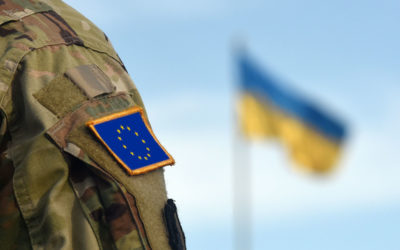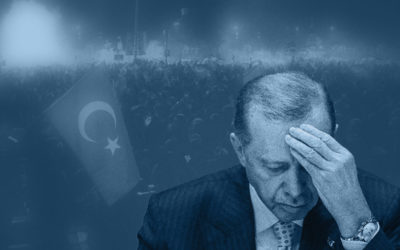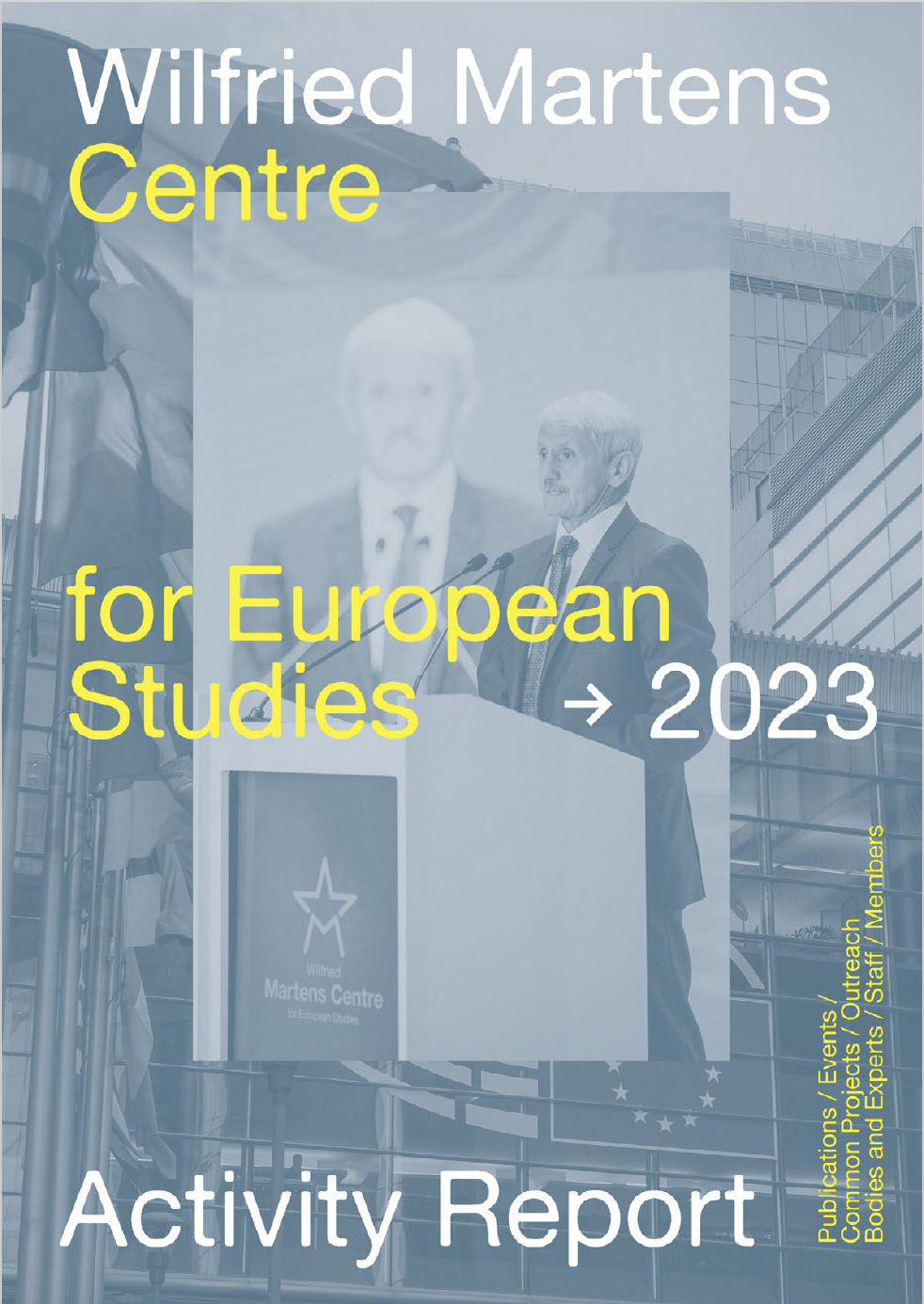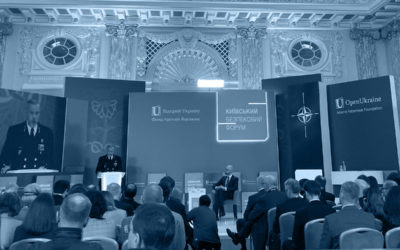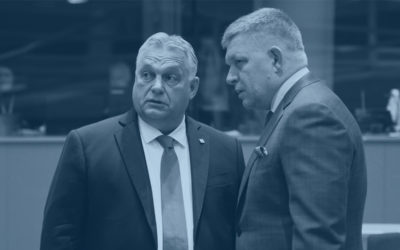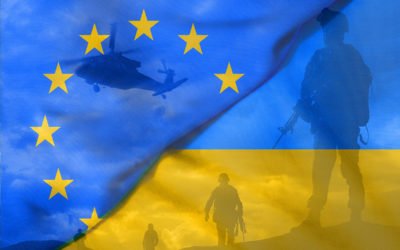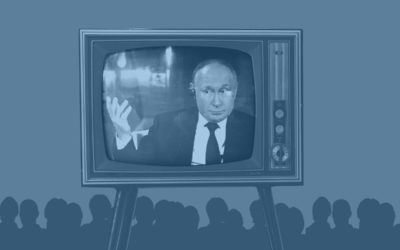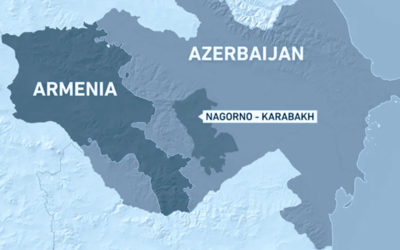European defence can only be achieved by closing the capabilities gap
06 June 2017
On June 7th the European Commission will put forward its proposals to enhance European military cooperation, framed as ‘The Future of the European Defence’. These proposals are very timely and necessary and will hopefully be embraced by all EU Member states. However, it is important that we don’t fall into a trap when we speak about European defence, because what is possible in the future is vastly different to the realities of European defence today.
The conclusion reached in various EU member states is that under US President Donald Trump, we can no longer rely on NATO as much as we did before, especially considering the increased aggressiveness of Putin-led Russia. Therefore, as a backup plan, we will need to boost European defence cooperation and increase our independent military capabilities. It is possible for this to happen within the NATO framework rather than contradicting or overlapping with it.
The logic is solid, but there is a danger in underestimating the urgency of the situation. The security that NATO provides cannot be replaced by any European defence cooperation in the near future. The fact is that, since 1990, European real military capabilities have decreased dramatically.
In many countries, real operation units have fallen to one third of what they were at their peak in the 90s, and even then they were operationally dependent on US support. When we examine the figures, we can see that they paint a stark picture for the EU’s military capabilities without the help of the US.
Within the NATO framework, the US spends 3 times more on its military than the combined total of the EU member states. And this ratio has not been not improving: from 2007 to 2015, the US increased their defence spending by an average of 3.1%, whilst the EU28 decreased their military spending by an average of 14.5%.
Figure 1: Changes in Western European Combat Battalions (1990-2015)

Source: IISS, The Military Balance 2016
The combat battalion figures of EU member states are also in sharp decline. Germany, for example, has decreased its total battalion count of 215 battalions in 1990 to just 34 in 2015. In key military equipment, the EU28 have collectively decreased their total stock of battle tanks by 70%, helicopters by 38%, and patrol and combat boats by 54%.
Across the board, there is one trend we can see in relation to EU defence spending and that trend is decline. Europeans still cannot and could not confront a large-scale military intervention from Russia effectively without the help of the United States.
Crucially, major military upgrades take years if not decades to complete. A good example is Russia, which started a major reform of its military after the war in Georgia in 2008, when they realised that they had a large, but ineffective army.
The reforms came with unquestionable political and financial support from Putin, who even cut domestic budgets such as social welfare and healthcare in order to pay for this military reform (a move which would be extremely unpopular in Western European states). However, even though Russia has invested massively in its military since 2008, Russia’s military reform is still far from complete.
When we talk about the future of the common European Defence without the US, we need to realise that we as Europeans have for decades been totally reliant on the support of the Unites States. The argument for a strong European defence also assumes that European military spending would be greatly increased and that enhanced military cooperation would turn to some form of integration.
It is also necessary to point out that if Europe is to build a military force which is capable of facing a worst-case scenario, then we need to speak about European nuclear weapon capabilities.
The Commission’s proposals for enhanced military cooperation are very welcome, we need more initiatives like them, and we need to embrace them. Investing in the future of European military cooperation is the only solution to independently maintain the integrity of the EU in the long term. However, in the short term, this goal is not possible without the support of the United States.
We can be disappointed by what President Trump did or did not say during his last European visit, but we should not neglect or fail to give credit to the fact that operationally the US continues to invest in Europe as it did before.
Just look for example at the US troops in the Baltics or the US bilateral defence cooperation agreement with Estonia. When we evaluate our investment in our transatlantic relationship with the United States, we need to take into account that so far nothing has changed in US-EU defence cooperation.
Whilst taking steps to enhancing European military cooperation and common capabilities, the EU member states need to continue the modernisation of their military and increase their independent capabilities. To achieve a genuine European Defence Union, this Union needs to be built on the modern and fully operative units of the EU Member states.
ENJOYING THIS CONTENT?




